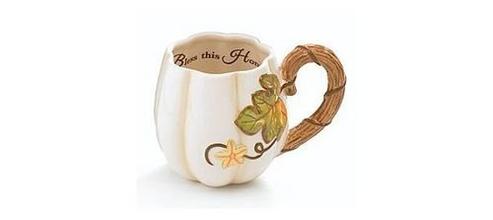Description of altitude and taste and flavor of coffee introduction of grinding scale variety producing area
Altitude and taste of coffee Flavor Description Grind Scale Variety Introduction of producing area
Central American coffee is rated according to the altitude at which it is grown.
Mexico, Honduras, Haiti, etc. are graded by height
Strictly High Grown (SHG) followed by High Grown (HG)
Mexico is called Altura, which means high in Spanish, indicating that it is coffee grown at high altitudes; Papua New Guinea adds the name "Mile High" to indicate coffee beans grown in highland mountains
Another way, high mountain areas due to the cold climate coffee growth rate is slow, the density of green beans is higher, the texture is harder, the coffee is more mellow aroma, and there is a soft sour; on the contrary, lower areas, the density of green beans is smaller, the texture is less hard, the coffee quality is worse, so, some people grade by hardness.
Simply put, the higher the altitude at which coffee beans are grown, the better the taste. Coffee beans carefully cared for and grown at high altitudes are pleasant in acidity, rich in aroma and rich in taste, and everyone loves them. Conversely, coffee grown at low altitudes has almost no acidity, a single taste, and a flat taste. That's why baristas always emphasize altitude. If your barista tells you that your coffee is grown at an altitude of 5200 meters, it is definitely worth savoring. Elevation directly affects the appearance of the coffee bean. When you look closely at green coffee beans, you will notice that each coffee has a different size and density. Are the coffee beans in your hand small and dense? Is the gap in the middle of the bean tightly closed or open? Is the slit straight or curved? Is the color of the coffee bean close to jade, light green or blue? The appearance characteristics of the beans can directly reflect the growth altitude of coffee beans. The coffee beans with the best quality are usually firm in texture, and the growth altitude is usually above 4500 meters. These beans grow extremely slowly, so the density of the beans is high, and the gaps in the middle of the beans should be curved. In contrast, coffee beans grown at lower elevations tend to have a lower density and a slightly open gap in the middle. As for the color of the beans, the growing environment of coffee beans and the processing technology of green beans will affect the color of coffee beans. If the same coffee beans from the same plantation are treated differently, for example, one batch is washed with water and the other with honey, the two batches will have different colors. In general, bean density is the most powerful basis for judging the elevation of coffee beans

Important Notice :
前街咖啡 FrontStreet Coffee has moved to new addredd:
FrontStreet Coffee Address: 315,Donghua East Road,GuangZhou
Tel:020 38364473
- Prev

Yunnan Coffee varieties Yunnan small Grain Coffee Baking requirements Yunnan Katim brewing parameters and flavor characteristics
The method of brewing small grains of coffee-how to brew Yunnan small grains of coffee 1) you can use the kind of water used in household filter drinking fountains or filtered tap water. 2) Coffee beans / coffee powder; the water content of a cup of coffee in the siphon pot is 110ml (but the amount of water after cooking will be reduced by about 1/5), and the corresponding coffee powder is about 15g; if the conditions are available, it is best to choose the one within 10 days from the factory.
- Next

Description of taste and flavor of golden mantenin coffee beans grinding scale production area
The taste and flavor of Golden Mantenin Coffee beans describe the grinding scale production area Mantenin leaping micro-acid mixed with the richest aroma, so that you can easily taste the lively factor in the mild fragrance, its outstanding taste has confused many suitors. In the 17th century, the Dutch first introduced Arabica saplings to Ceylon (present-day Sri Lanka) and Indonesia. one hundred and eighty seven
Related
- What brand of black coffee is the most authentic and delicious? what are the characteristics of the flavor of the authentic Rose Summer Black Coffee?
- Introduction to the principle and characteristics of the correct use of mocha pot A detailed course of mocha pot brewing coffee is described in five steps.
- Which is better, decaf or regular coffee? how is decaf made?
- How much is a bag of four cat coffee?
- How about four Cat Coffee or Nestle Coffee? why is it a cheap scam?
- Which is better, Yunnan four Cats Coffee or Nestle Coffee? How about cat coffee? is it a fake scam? why is it so cheap?
- How about Cat Coffee? what grade is a hoax? which instant coffee tastes better, four Cat Coffee, Nestle Coffee or G7 coffee?
- Process flow chart of coffee making-Starbucks coffee making process what coffee tastes good at Starbucks
- The top ten best coffee beans in the world Rose summer coffee or Tanzanian coffee tastes good
- Yunnan four cat coffee is good to drink?_four cat coffee is a big brand? four cat blue mountain coffee is fake?

